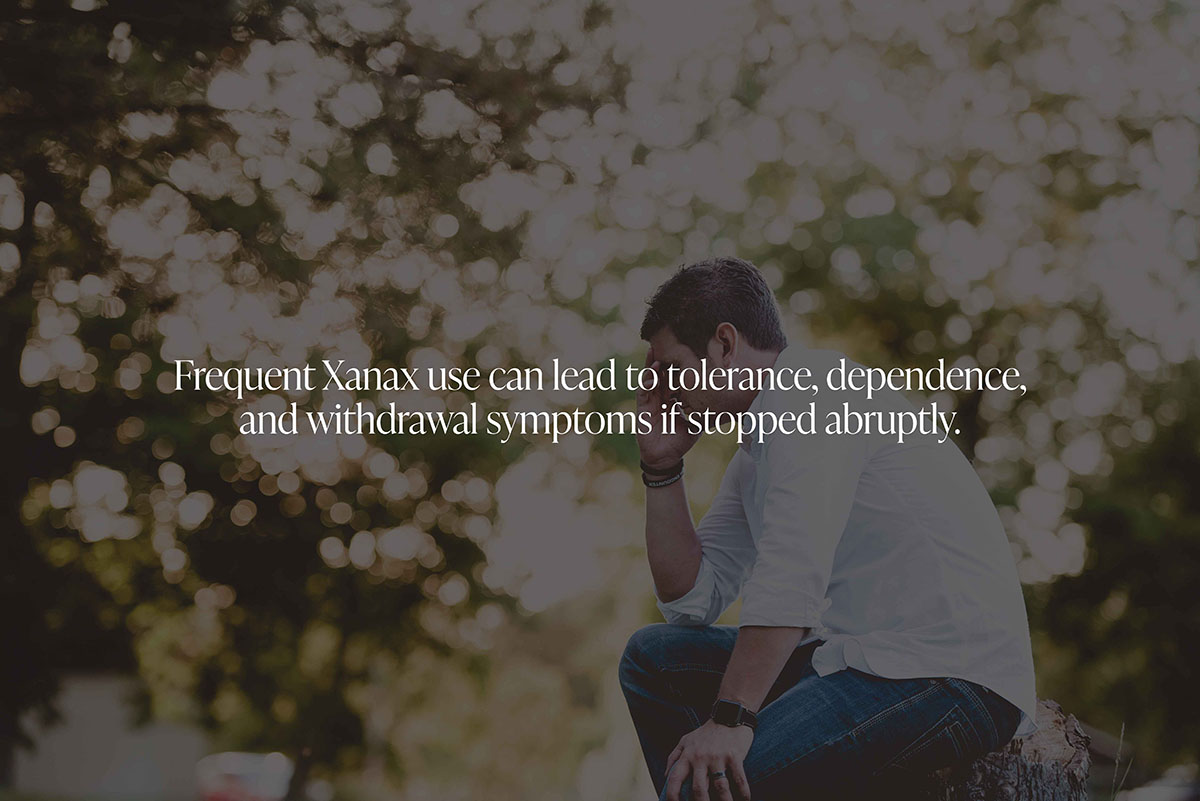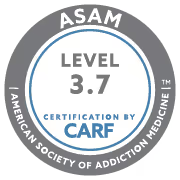Table of Contents
Xanax, or alprazolam, stays in your system for up to 4 days in urine, 1 day in blood, and up to 90 days in hair. However, how long Xanax remains detectable depends on the dosage, frequency of use, metabolism, and type of drug test. While its effects typically last 4 to 6 hours, the drug’s chemical presence lingers long after the calming sensation fades.

How Xanax Is Metabolized
Once ingested, Xanax is rapidly absorbed into the bloodstream. It reaches peak concentration within 1 to 2 hours and is processed by the liver, primarily through the CYP3A4 enzyme pathway. The resulting metabolites are then excreted through urine.
The half-life of Xanax is about 11 hours in healthy adults. This means it takes 11 hours for the body to eliminate half the amount of the drug. After about 4 to 5 half-lives, roughly 2 to 3 days, most of the drug has been cleared. However, traces can still be detected based on the type of drug test administered.
Detection Windows by Test Type
Different drug tests detect Xanax for varying lengths of time:
- Urine Test: Up to 4 days after last use
- Blood Test: Up to 24 hours
- Saliva Test: Up to 2.5 days
- Hair Follicle Test: Up to 90 days
These windows apply to occasional users. For chronic users or those with slower metabolisms, detection times may be longer.
Factors That Influence How Long Xanax Stays in Your System
Several personal and behavioral factors can extend or shorten Xanax’s presence in your body:
- Dosage and Frequency: Higher doses or frequent use leads to accumulation in fat tissue
- Age and Metabolism: Older adults and those with slower metabolisms take longer to eliminate the drug
- Liver Function: Impaired liver function slows the drug’s breakdown
- Weight and Body Fat: Xanax is fat-soluble, so it may stay longer in individuals with higher body fat
- Hydration and Activity Levels: More water intake and physical activity can slightly speed up elimination
Is It Safe to Take Xanax Frequently?
Frequent Xanax use can lead to tolerance, dependence, and withdrawal symptoms if stopped abruptly. The drug’s short duration of action encourages users to take multiple doses throughout the day, increasing the likelihood of dependence.
If you or someone you know is taking Xanax daily, it's important to consult a healthcare provider. Tapering under medical supervision is the safest approach. For more structured help, see our benzodiazepine addiction treatment program.

Can Xanax Show Up on a Drug Test?
Yes. Most standard drug panels, including pre-employment, probation, and healthcare screenings, detect benzodiazepines like Xanax. If you have a valid prescription, inform the test administrator in advance.
False positives can occasionally occur, but confirmatory testing (like GC-MS) usually verifies whether the substance is indeed alprazolam.
Why People Mix Xanax with Other Drugs
Some users combine Xanax with opioids, alcohol, or stimulants to intensify or balance the effects. However, these combinations dramatically increase the risk of overdose and respiratory depression. Understanding the dangers of this behavior is especially important as synthetic party drugs continue to rise in popularity. Learn more about this trend in what is pink cocaine and why is it so dangerous.
What Does Xanax Do to the Brain?
Xanax enhances the effect of GABA, a neurotransmitter that calms the nervous system. This results in decreased anxiety and sedation, but also impairs coordination and memory. Long-term use can lead to cognitive decline. To understand more, read what does Xanax do to your brain and body.
How to Recognize Signs of Dependence
Dependence can develop in as little as 2 to 4 weeks with daily use. Signs include needing higher doses for the same effect, experiencing withdrawal between doses, and prioritizing use over daily responsibilities.
If you suspect dependence, it’s crucial to act early. Learn about available support on our prescription drug addiction page.
What Happens If You Relapse After Stopping Xanax?

Relapsing after a period of abstinence can be dangerous because your tolerance resets. A dose that once felt normal could now overwhelm your system, increasing the risk of overdose. For tips on prevention, read what does it mean to relapse and how can you prevent it.












